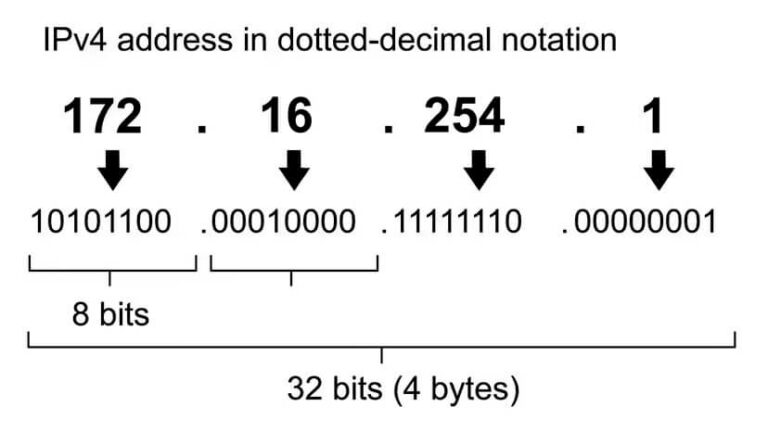The pandemic acted as a catalyst to infuse technological solutions into organizations, irrespective of their size. As a result, many organizations went online to survive the pandemic and serve customers. During this time, organizations also shifted to remote work, a trend which still exists. When businesses went online, they noticed the benefits of technology. It is especially valid for small and medium-sized businesses (SMBs) in Asia.

With the infusion of digital technology in SMBs, the importance of cybersecurity also increased to stay safe in cyberspace. Unfortunately, reports indicate that many Asian SMBs (56%) have been a victim of cybercrime. Further, 85% of the SMBs witnessed a malware attack. Such attacks put customer information, employee data, internal emails, financial details and intellectual property at risk. Additionally, it has disrupted the operations of SMBs, directly resulting in revenue loss. Other impacts of such cybercrime include losing customers’ trust and a negative reputation.
After facing the wrath of cybercrime, many SMBs have realized the importance of SMBs. However, the critical question remains: How can they incorporate cybersecurity into their organization? Thankfully, there are numerous ways through which the SMBs of Aisa can lay a strong foundation for cybersecurity. Discussed below are a few of the many ways.
Communication Regarding Cyber Threats
It is crucial to discuss cyber threats to prepare for a cyberattack. Communication is the key to staying safe in the constantly evolving cybersecurity environment. SMBs need to conduct regular meetings to discuss the evolving threats and the impact they can have on them. A cybersecurity expert can always prove to be helpful in such events.
Data indicates that SMBs regularly discussing cybersecurity issues are better organized and prepared to face evolving cyber threats.
Train The Employees
Most often; humans are the weakest link when the deployment of technological solutions takes place. It is evident from the fact that phishing is one of the most common ways to commit a cyber attack. Therefore, SMBs should actively train their employees in essential cybersecurity hygiene, including how to use What Is My IP to find the IP address of a device, identification of phishing emails, and more.
SMBs should provide this training to all employees, irrespective of their role in the business. It is because cyberattackers can target a company by attacking any employee. Therefore, a basic understanding of cybersecurity among all employees is a must if the company has a technical or digital element associated with it.
Integrated Platform Approach
Using a plethora of software, products and solutions can give rise to unnecessary complexities, especially if integrating them into one is tricky. Therefore, SMBs should stick to a few products and solutions to keep things simple. In addition, an integrated platform provides SMBs with a clear picture of security infrastructure, which is vital to improve it further.
Also, when choosing a product or solution, SMBs should ensure that the partner provides them with end-to-end protection.
Prioritization Of Important Data
To mitigate a cyberattack, prioritizing critical data to keep it safe is of utmost importance. Ways to prioritize essential data for cybersecurity include limited access to sensitive data. Furthermore, regular and frequent data backups are necessary to ensure that even if a cyberattack occurs, the SMBs hold the critical data for them. Moreover, SMBs should encourage employees to keep strong passwords for different accounts.
Many times, it is not easy to protect all the data. In such a scenario, SMBs should focus on the crown jewel. Therefore, the first step is to identify the most critical aspect of the company and then create a plan to protect it.
Risk Assessment
All SMBs should engage in risk assessment to understand their cybersecurity system’s robustness. With risk assessment, it is possible to identify the vulnerable areas within the organization which should be strengthened for better cybersecurity. The risk assessment should occur at frequent and regular intervals because cyberattacks and cybersecurity are constantly evolving. SMBs should change their preparedness and cybersecurity measures based on this evolution.
The first step includes the identification of the cybersecurity maturity level of the organization to prepare for a robust cybersecurity system within the organization. After this, the businesses’ critical data requires identification with an implementable plan to protect it. Then, based on the cybersecurity measures adopted, SMBs should train the employees regarding the same. Later, the focus should expand to create an overall shield for the company to stay protected against cyber attacks.
